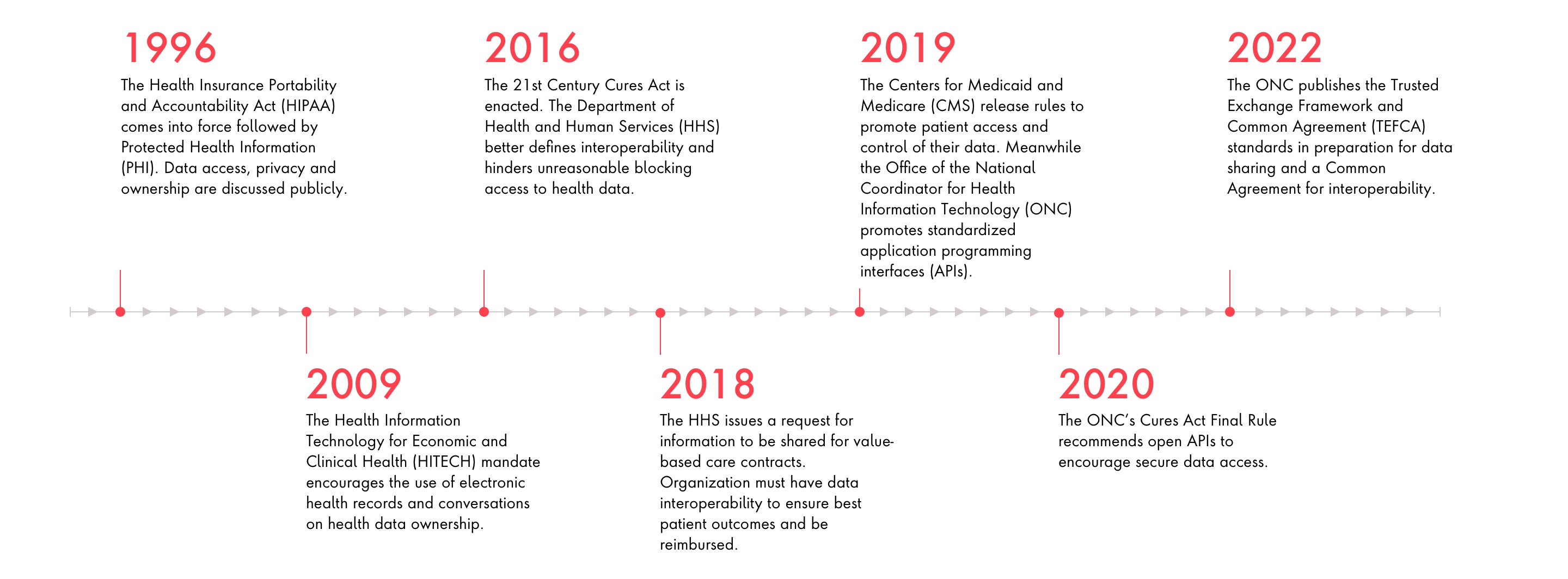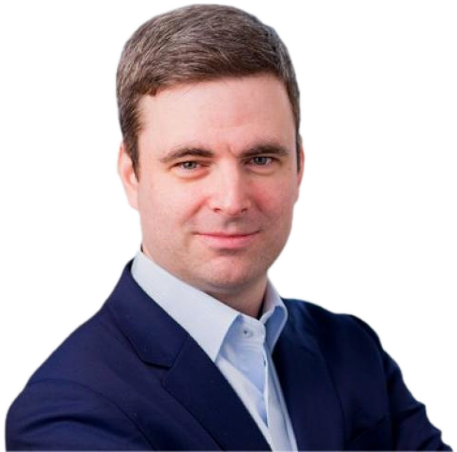Health
Why Data Is a Tool for Creativity in Improving Healthcare Outcomes
New ways of creatively using data are driving the digital transformation in healthcare. But there are a number of areas where data still needs significant foundational and systemic work. This article explores data usability, data utility and data bias to find out how healthcare organizations can achieve better data interoperability.
Data is not just functional—there are many possibilities
In 1907, Henry Plummer of the Mayo Clinic designed the single patient record. Previously, patient information was recorded according to the individual doctor’s preference which made it difficult to access prior information. Under the new system, each patient was registered upon arrival and assigned a serial number. All information about the patient’s care was placed in a central repository to which data could be continuously added.
Plummer’s work has influenced how hospitals are designed, how physicians work together and how they bring research and frontline care together. The single patient record became the genesis of the modern way of practicing medicine. Data was at the heart of transformation then, just as it is at the heart of digital transformation today.
Health data sharing is evolving
The focus on data over the last 20 years across industries has produced incredible results. Facebook’s knowledge graphs ensure people and information are connected to you in compelling ways. Spotify’s success is down to their algorithm that extracts metadata, conducts raw audio analysis and even considers cultural context. Amazon’s A9 algorithm creates seamless shopping experiences. In fact, most large organizations’ online experiences use personalization engines to determine next-best-action choices. And behind all of the front-end experiences is the successful collection, storage and use of data.
In the health sector, the state of play is more complicated. Other industries often started their journey in data by sharing data freely, rapidly moving between entities, with the use of this data preceding policies and regulations. But in healthcare, policies and regulations have developed in anticipation of data-sharing behaviors. In order for healthcare executives to digitally transform their sector and bring about similar levels of disruption seen outside of healthcare, they must innovate around how people use data, and how they address those that control it. All the while, they must acknowledge the ethical, safety and privacy issues around personal health and clinical data. This is one of the biggest contributing factors to why digital disruption is slow in healthcare.








